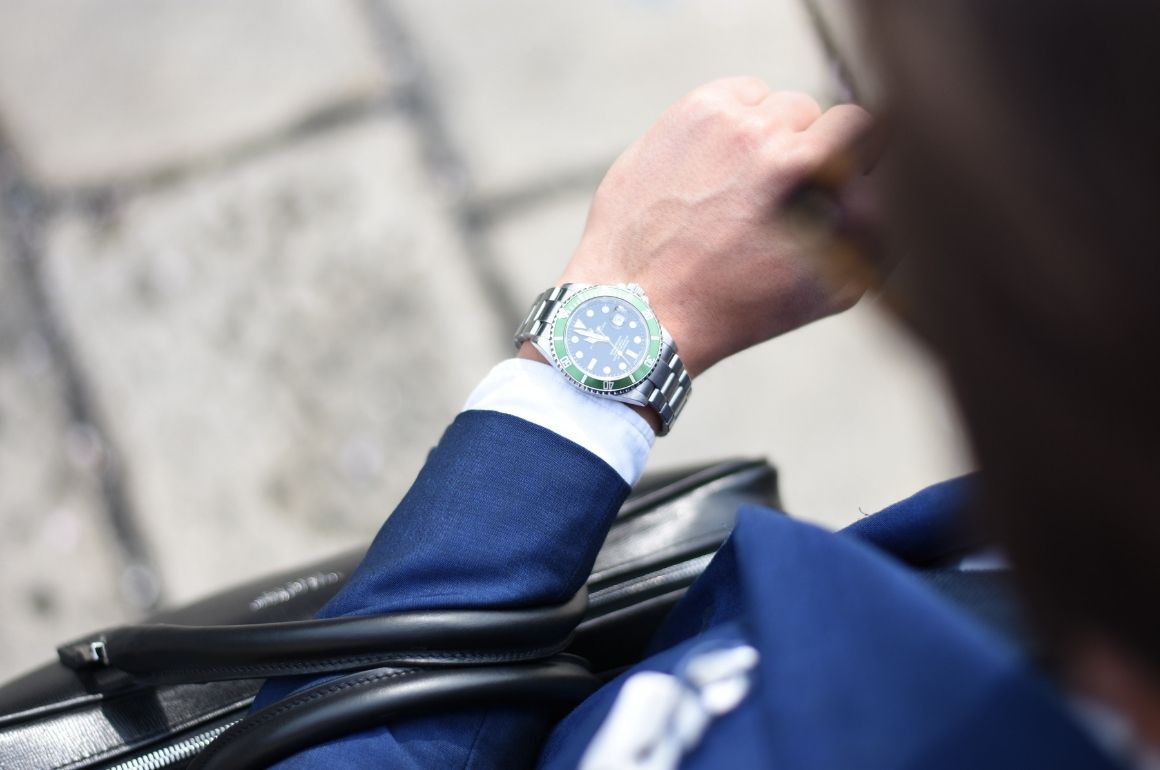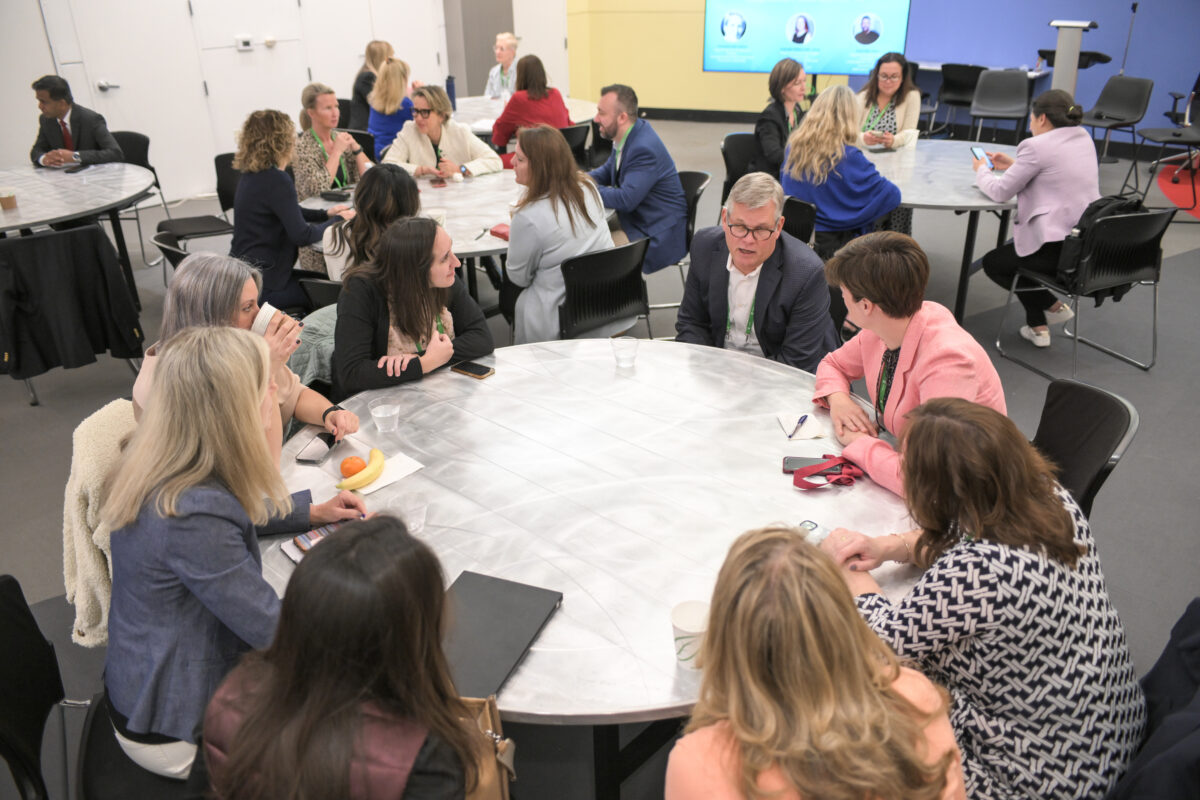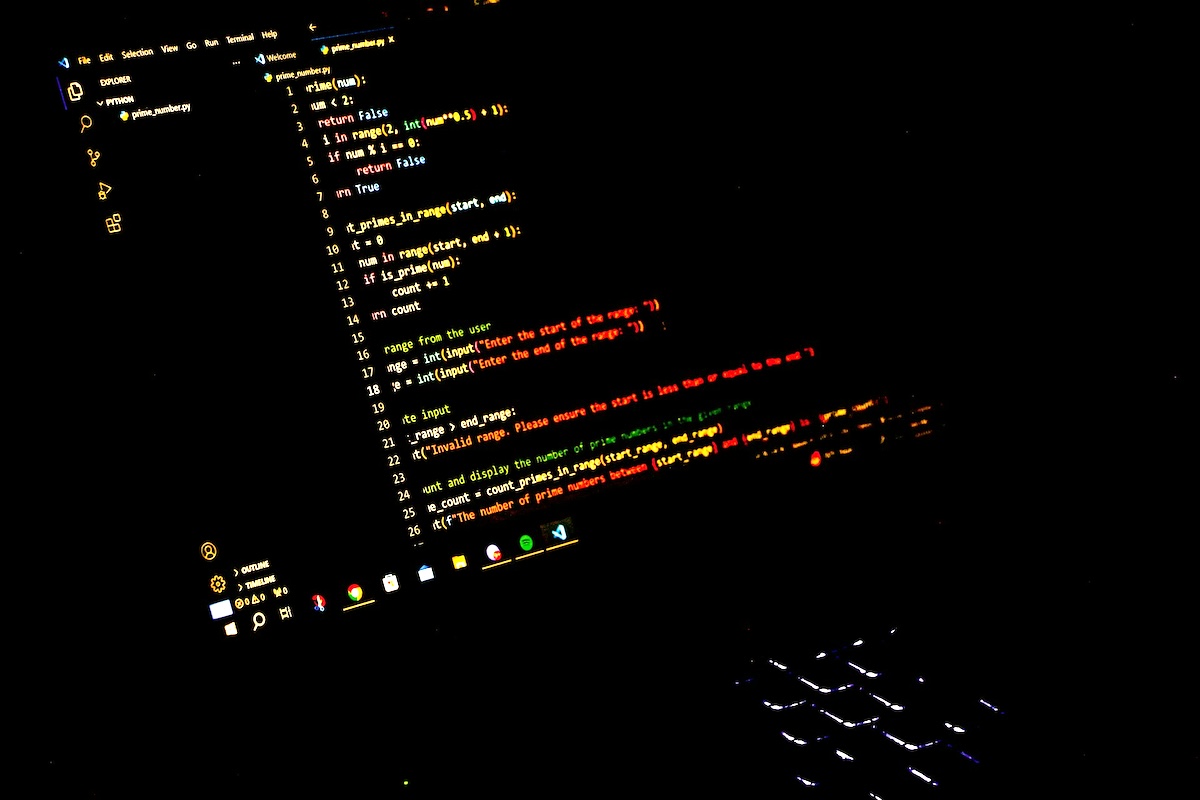Skift Take
Marking the first major German exhibition of 2022, the ISM and ProSweets Cologne show has wrapped. Is it a sign that in-person trade shows are on a reliable path to recovery?
“We are back”, German convention center and exhibition organizer Koelnmesse GmbH announced February 3, after the ISM and ProSweets Cologne trade fair wrapped February 2. “The face-to-face encounter, the personal exchange as well as the appeal to all senses define our trade fairs. With the first B2B trade fair double ISM Cologne and ProSweets Cologne, we have successfully restarted this year at a high international level.”
ISM/ProSweets Cologne is the first large-scale international exhibition to be held in Germany since the advent of the Omicron variant, and it marks the return of the event after a two-year break. This year, the ISM hosted 1,085 exhibiting companies from 56 countries and 15,000 visitors from 96 countries, and ProSweets Cologne welcomed 213 exhibitors at their parallel event.
Germany is a global center for international trade fairs. Its unique context and history of collaboration between government and industry in the exhibition industry helps explain how events like ISM/ProSweets can be mounted in the context of the ongoing pandemic. But as the Omicron wave is predicted to peak, is this event a litmus test for the future of in-person events in 2022?
Relationships and Regulations: The Unique German Context
While Germany’s high-profile position in the global exhibition industry does make it a useful barometer for the market as a whole, it’s also important to note that its convention centers represent a unique way of doing business in the international context.
In May 2020, the German government took steps to make it possible for trade exhibitions to receive some degree of exemption from Covid restrictions. UFI’s president Mary Larkin applauded the move, emphasizing that “every exhibition is an organised event — as an industry, we know how to create conditions where attendees can go about their business while taking the necessary precautions in the age of COVID19.” The argument wasn’t simply that trade shows were essential to the economy, but that their very nature made it easier to put effective health and safety measures in place.
While regulations can vary from state to state in Germany, all states have agreed to give business events special status, which can often allow them to move forward when other “mass gatherings” cannot. Munich’s IAA Mobility, for example, was able to welcome approximately 400,000 total participants in September of 2021.
The German state of North Rhine-Westphalia, home of the Koelnmesse GmbH located in Cologne, has also been host to large-scale B2B events during the pandemic. These events still had to meet government public health preconditions, including capacity limits and vaccine or immunity documentation.
This meant that the Koelnmesse could begin organizing large-scale trade fairs by fall 2021, including Anuga, which saw more than 4,600 exhibitors and 70,000 visitors. Additionally, even though new rules imposed in December 2021 permit no more than 750 spectators at non-business events, ISM/Prosweets was able to host approximately 15,000 visitors.
PUBLIC HEALTH CONDITIONS FOR ISM/PROSWEETS
Part of the rationale for giving B2B events special exemptions comes down to the idea that their health protocols are better organized and more consistently enforced. Nevertheless, government authorities don’t take for granted that trade shows will put sufficient measures in place — most German states require event organizers to submit detailed health plans to government authorities.
In order to host any event with over 100 attendees without fixed seating in Cologne, the event organizer must provide “a facility-specific hygiene and infection prevention concept” to the City of Cologne Health Authority.
Large Crowds Balanced With Strict Health and Safety Rules
As with all German trade shows, several measures were taken to mitigate risk of Covid infection at the ISM/ProSweets exhibition.
All tickets had to be purchased in advance online with QR codes for check in. This system also facilitated contact tracing, if it were to become necessary.
In addition, both ISM and ProSweets Cologne made sure that the aisles for entrance were at least five meters wide and carefully managed to ensure social distancing was possible.
Participants were also had to meet the Germany’s “G3” requirements — named after the three words “geimpft” (vaccinated), “genesen” (recovered), and “gestestet” (tested). At the entrance, visitors had to provide proof that they were either:
- Vaccinated against Covid
- Had recovered from an infection no longer than 180 days prio
- Or had a negative test result (from no more than 48 hours prior if a PCR, and 24 hours prior if a rapid antigen test).
Visitors without EU vaccination documentation were allowed to present the proof of vaccination or immunity which had allowed them to enter Germany instead.
Once this had been confirmed, they moved to a different area where their credentials were checked against official photo ID before they were able to enter the event itself.
Mask wearing was required at all times, except when eating or drinking in designated areas, and two testing centres on the grounds allowed people who had gained entrance with proof of a negative Covid test to retest if necessary.
While Germany’s system may be somewhat unique, ISM/ProSweets is part of a larger global trend in which major international exhibitions strive to meet the highest standards of health and safety. North America’s recent CES exhibition, with its mass testing and advanced ventilation, is a case in point.
There is even a case to be made that these major exhibitions are establishing a new industry standard, such that any trade show hoping to attract a significant international audience will need to meet the benchmark they have set.
GERMANY’S GOVERNMENT-RUN CONVENTION CENTERS AND EXHIBITIONS
Running an international event with thousands of attendees during a pandemic is an incredibly complex operation, and requires a good relationship and high degree of coordination between venues, event organizers, the government, and public health authorities.
While trade shows have happened throughout the world during the pandemic, Germany’s exhibition sector has been especially resilient.
This is where it’s especially important to understand the specific context of the German event industry. We talked to Kai Hattendorf, managing director and CEO of UFI, to get more insight into what’s different about the German messe, or industrial fair, system.
A Brief History of the German Messe System
Beginning in the 1950s and 60s, Germany went through a post-war industrial boom focused on rebuilding. There was already an important messe industry in Germany, but when rebuilding happened, it was primarily financed and later owned by the cities or states where the facilities were located. As a result, many of the large-scale messe facilities are still publicly owned businesses. And this has led to a unique relationship between event organizers and event facilities.
“The cities were running the infrastructure and building the infrastructure. So the venues — and it was usually some division of the city administration that was overseeing the publicly owned infrastructure — set up specific companies to deal with these venues. Very early on these venue operators were taking an ownership stake or taking control in organizing the shows that they were hosting. And this is how the German model came to be, in that they’re organizers/venues.”
– Kai Hattendorf, CEO and managing director, UFI
Because German messes tend to be run or owned by the cities and the states in Germany, they enjoy well-established channels of communication with regional governments. This means that when working with the regional government to advocate for keeping trade shows running, trade show venues/organizers could count on talking to “people in government who actually knew about that role, and who actually knew about the difference between going to a match of the local football club and going to a trade show.”
Hattendorf notes that, presently, due the dominance of Omicron, access to many places in Germany is based on a the G2+ system: Access is permitted for people who are either fully vaccinated or have recovered, plus meet an additional prerequisite, which in most cases means a booster shot.
THREE LESSONS FOR TRADE SHOWS IN 2022
While the unique closeness between Germany’s government and exhibition sector may set its trade shows apart, there are still some lessons from ISM/Prosweets that help to forecast the future of exhibitions worldwide.
1. Hybrid Trade Shows Are the New Normal
Like CES, ISM and Prosweets point to a future where trade shows with a large in-person audience continue to embrace remote participation.
Even though Koelnmesse hosted a successful large-scale in-person component, ISM and Prosweets Cologne operated as a hybrid event, launching the digital platform ISM & ProSweets @home and running it concurrently with the physical trade show.
The hybrid event infrastructure provided onsite exhibitors with representation in a digital showroom and featured streaming of presentations and expert lectures. It also gave participants post-event access, allowing them to continue connecting with other vendors and attendees until April 30. As ISM announced, this approach benefits both remote and in-person participants, “giv[ing] all trade fair participants the opportunity to network, establish new contacts, and call up contents they missed in person.”
This is a clear signal that even as it becomes possible to hold large-scale events, hybrid programming is likely here to stay.
2. International Travel Remains Uncertain Amidst Partial Rebound
While hybrid events have proven to provide many inherent advantages, they will also continue to remain necessary for international events because of the current global context. At least for the foreseeable future, there remains significant uncertainty around travel and quarantine restrictions.
As the event wrapped, Koelnmesse CEO Gerald Bose expressed the belief that its success would ripple through the trade show and exhibition industry
“The double of ISM and ProSweets Cologne 2022 illustrates once again that trade fairs can be held safely even in times of pandemic and offer their respective industries the urgently needed stage for establishing and expanding international business. The two trade fairs thus also send an important signal of confidence and optimism to the entire trade fair industry.”
– Gerald Bose, CEO, Koelnmesse GmbH
However, a close look at where attendees came from indicates there are ongoing barriers to in-person international attendance. There are two major areas of uncertainty that event professionals need to consider as they think about how, and when, to plan events that rely on international visitors in 2022.
While ISM/ProSweets saw a large number of foreign visitors to Germany, the vast majority of these were from within the EU region — although there was also substantial participation from the UK, the US, Eastern European nations, and Russia. However, attendance of participants from Asia, Southeast Asia, and the Global South continued to be very reduced. This is likely due to two major factors:
- Air travel routes that often require transfer visas
- Varying quarantine rules from country to country
For instance, while it may be possible for someone traveling from Taiwan to arrive and attend an event in Germany without quarantining, upon returning to Taiwan they would be required to quarantine for 14 days, and in some cases, to stay at a quarantine facility. Facing a 14-day return quarantine can put a real damper on a participant’s ability to travel in person to an event.
3. The Outlook Is Improving
Even though Germany’s special exemptions for business events make it possible to run major global trade shows right now, the global context can be equally important. For this reason, most events that rely on international participation have been postponed from the spring to late summer or early fall. However, this is a marked improvement from last year, when most were canceled outright.
Hattendorf estimates that in cases where international border restrictions are not at play — i.e. where the target audience is primarily regional and within the EU — attendance rates are back up to about 90 percent of where they were prior to the pandemic.
Further, national restrictions on capacity and attendance are beginning to shift rapidly as governments respond to evidence that the Omicron wave is peaking. As of January 27, the UK lifted most Covid restrictions, and is allowing fully vaccinated travellers to enter the country.
On February 1, Denmark ended all governmental enforcement of Covid restrictions, and anyone with proof of vaccination or previous infection can now enter the country without taking a test or self-isolating. France and Italy have also announced relaxed restrictions, and Germany is expected by many to follow suit in the very near future.
Of course, all of this is ultimately dependent on the hope that no new variant of concern emerges and throws a wrench into the works. Nevertheless, it looks like confidence in the safety of in-person trade shows is rebounding as there’s more and more scientific consensus that the Omicron wave is beginning to subside.
IN CONCLUSION
It’s not unreasonable to read into the success of ISM/ProSweets Cologne and feel cautiously optimistic about the return of large in-person trade shows and exhibitions. This would be great news for trade associations that rely on potential buyers at B2B events being able to see, taste, and handle goods that have an important sensory component — like food, furniture, housewares, and garments.
The high rates of return for more regionally-oriented shows is also a good sign. We can take this to indicate that most people feel safe returning to events that have a plan to manage risk of infection, as long as they can also feel confident that they won’t have to quarantine when they return home.
Still, given the mutability of the SARS-CoV-2 virus, it makes sense to have a solid digital contingency plan in place should a move to remote-only attendance prove necessary, especially for events that require several months of lead time to plan and execute. Balancing optimism with careful contingency management will continue to be necessary — but at least, for now, it looks like in-person events may indeed be back at scale.





